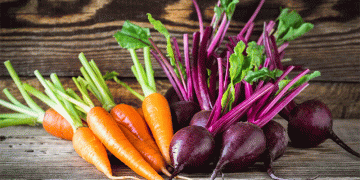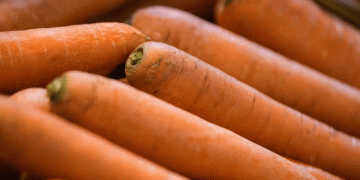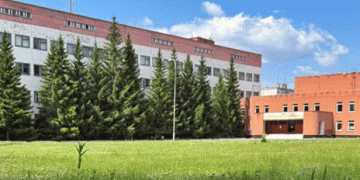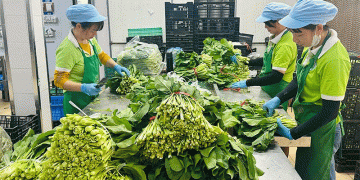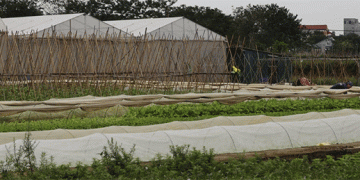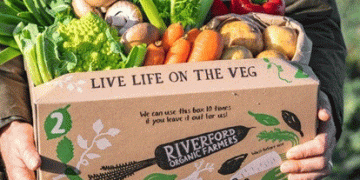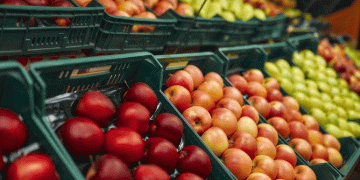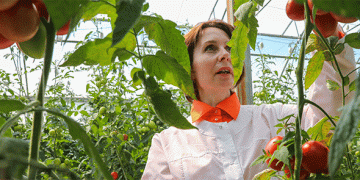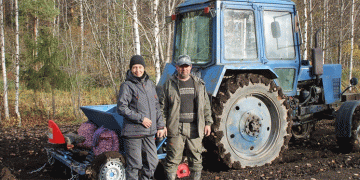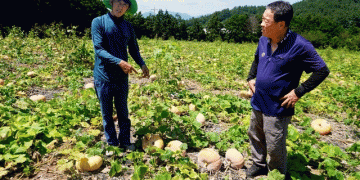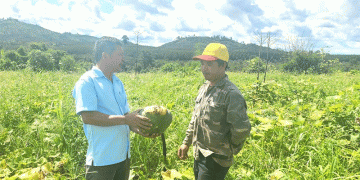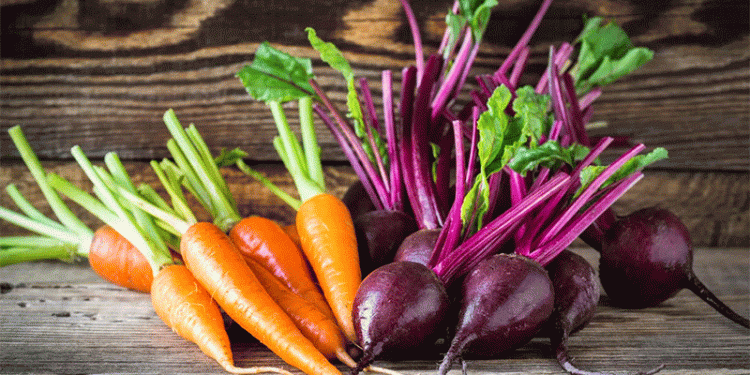As August arrives, many growers—from home gardeners to small-scale farmers—make a costly assumption: that their root crops have reached maturity and are ready for harvest. According to insights from the popular “Living in the Country” Dzen channel, this common misconception leads to harvesting carrots and beets prematurely, significantly reducing both yield quality and storage potential. During August, these root vegetables undergo their most intensive growth phase, where their mass can nearly double while accumulating essential nutrients. Understanding the precise timing for harvest and proper storage techniques can make the difference between a profitable crop and a disappointing yield.
The critical period for carrot and beet development falls squarely in late summer. While selective harvesting of individual specimens for thinning is acceptable for immediate consumption, the main crop should remain in the ground until September. The expert recommendation specifies September 10-20 as the optimal window for mass harvesting, with early-season varieties planted in late April typically reaching readiness by early September. This timing aligns with research from the University of Horticulture Studies (2024), which found that carrots harvested in mid-September showed a 45% higher sugar content and 30% better storage resilience compared to those harvested in late August. Similarly, beets allowed to mature until September developed thicker skins, reducing moisture loss during storage by up to 40%.
Proper field management during this final growth stage is equally crucial. Additional irrigation is generally unnecessary—natural soil moisture typically provides sufficient hydration. Excessive watering proves counterproductive, compacting the soil, causing carrot deformation, and promoting beet cracking. Maintenance should focus instead on regular weed removal and inter-row loosening after rainfall to maintain soil oxygenation. These practices support what the International Journal of Agronomy (2025) identifies as “stress-free maturation,” where root crops develop their full flavor profile and storage capacity without growth disruptions.
Post-harvest handling determines the long-term viability of the crop. Before storage, carrots require careful preparation: complete removal of foliage and trimming of the crown by 2-3 millimeters, followed by brief drying. Storage conditions must maintain temperatures near freezing (maximum +2°C) with humidity around 90% (minimum 70%). Higher temperatures trigger leaf regrowth, while insufficient humidity causes rapid desiccation. Wooden crates with ventilation holes provide ideal containment, with ash dusting on cut surfaces preventing microbial damage. For those without cellar storage, refrigeration remains the best apartment-friendly alternative, preserving quality for extended periods.
The timing of root crop harvest represents a critical decision point that substantially impacts yield quantity, nutritional quality, and economic value. By resisting the urge to harvest in August and instead allowing carrots and beets to complete their intensive growth phase into mid-September, growers can achieve near-doubling of mass and significantly enhanced nutrient density. Coupled with proper field management that avoids unnecessary irrigation and maintains soil structure, and followed by meticulous post-harvest handling and storage protocols, this approach maximizes both immediate returns and long-term storage success. The evidence is clear: patience in the final weeks of growth pays substantial dividends for root crop producers.
